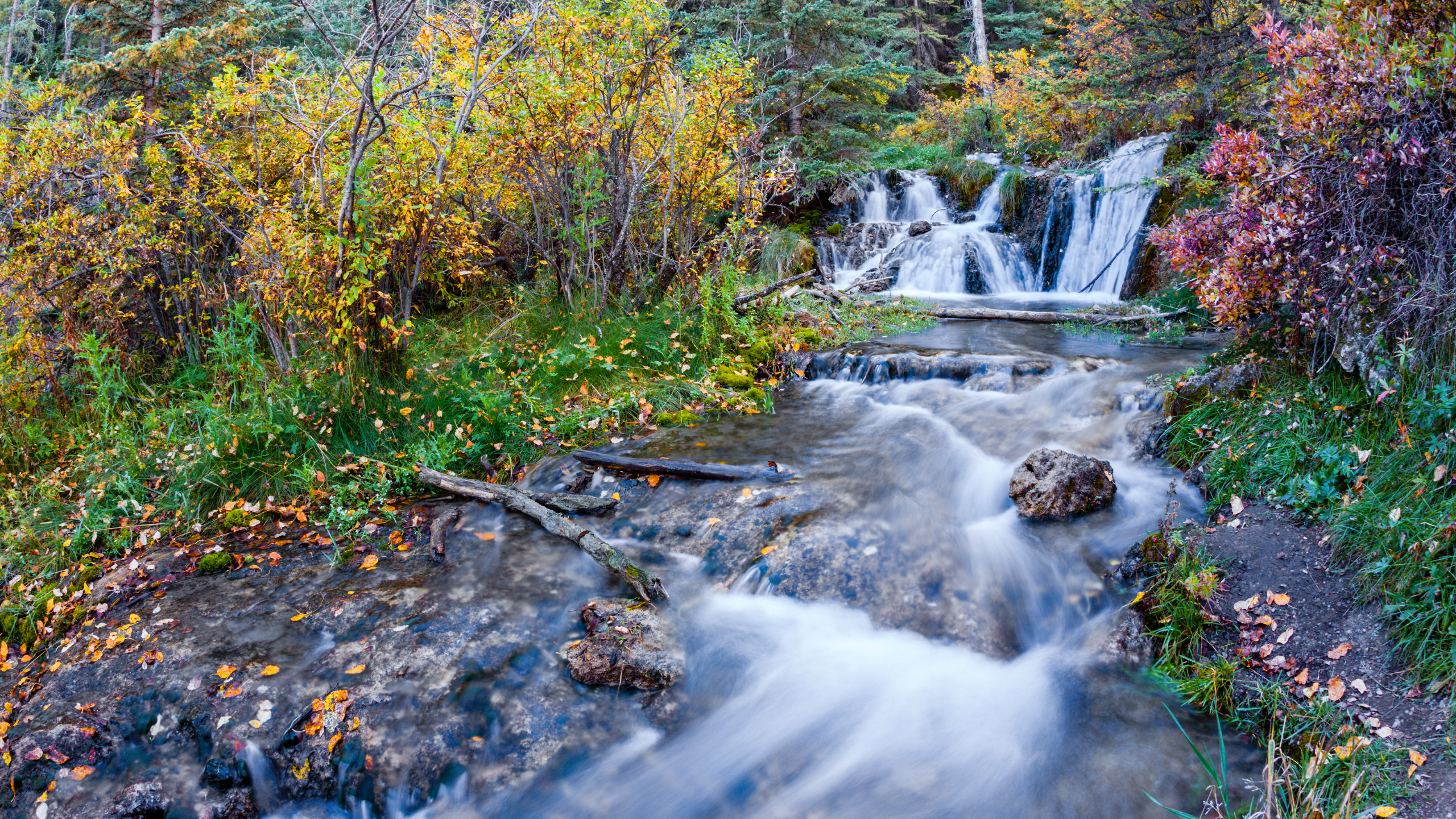The impact of Bill 21’s Red Tape Reduction Statues Amendment Act
September 15, 2022
Calgary | Mohkinstsis
Yesterday, Alberta Environment and Parks made its first use of the new provisions brought in by Bill 21, the “Red Tape Reduction Statues Amendment Act,” by introducing a Provincial Parks General Directive. When Bill 21 was introduced in April 2022, CPAWS Northern Alberta and CPAWS Southern Alberta were concerned that it could allow for changes in park management that would blur the lines between parks and provincial crown land and weaken the implementation of protected areas legislation.
Definitions for the Reader
Provincial Parks Act: The Act provides for the establishment, protection, management, planning and control of provincial parks, wildland parks and provincial recreation areas, for the preservation of Alberta’s natural heritage and ecological integrity, as well as for the benefit and enjoyment of current and future generations.
Regulations: Regulations are the rules that address the details and practical applications of the law. The authority to make regulations related to an Act is assigned within that Act. Just like statutes, regulations have the full force of law.
Directives: Policy tools that help manage access and activities on Crown land. They provide rules that provide clarity to Crown land users to promote public safety while supporting conservation, outdoor recreation and economic activities. [Directives can be implemented by senior level bureaucrats.]
As a reminder, the passing of Bill 21: The Red Tape Reduction Statutes Amendment Act, 2022 in April of this year allowed for documents, policies, and guidelines created by any user group, government agency, or external organization to be adopted as regulations in provincial parks and recreation areas. The change allowed for the expedited incorporation of new management directives and rules into the regulations that govern Alberta’s provincial parks, but carried with it the risk of reducing government accountability and transparency. Ultimately, such a change could lead to land-use management practices that favour one type of use or activity to the detriment of others, or even diminish the protective provisions of specific parks.
Many of the restrictions on Alberta’s crown lands have been put in place to conserve the parks and public lands that Albertans love, as well as to protect wildlife and our remaining intact natural environments. While the government has emphasized that the new directives cannot be used to change the existing intent of a park designation, Bill 21 nevertheless allows for exemptions to be made where certain activities – such as hunting, trail use, or off-highway vehicle access – are currently only conditionally allowed.
“Our existing parks legislation has relatively broad purpose statements, which leave a lot of room for interpretation and exemptions that in theory may be in keeping with the management intent, but which in practice could shift the priorities of management or actual parks operations,” says Chris Smith, Conservation Analyst with CPAWS Northern Alberta. “Although these new directives provide greater management flexibility, the trade-off is that they risk obscuring small, incremental changes that could weaken park designations over the long-term.”
Importantly, the new Provincial Parks General Directive introduced this week, was not subject to any public consultation or engagement process before being adopted into regulation, a cause for concern.
CPAWS Northern and Southern Alberta firmly believe that more avenues for public feedback are needed when additions or alterations to the Provincial Parks Act are adopted through this new process. Transparency and accountability are crucial – and Albertans deserve both the rationale for why changes to the regulations that protect our environment are necessary, as well as the opportunity to provide input.
For more information, please contact:
Chris Smith
Conservation Analyst, CPAWS Northern Alberta
csmith@cpaws.org
780-328-3780 (extension 0)
More News

All-Seasons Resort Policy Released

Critical Habitat and Industry Lobbying Part 4: How DFO Allows Critical Habitat Destruction


